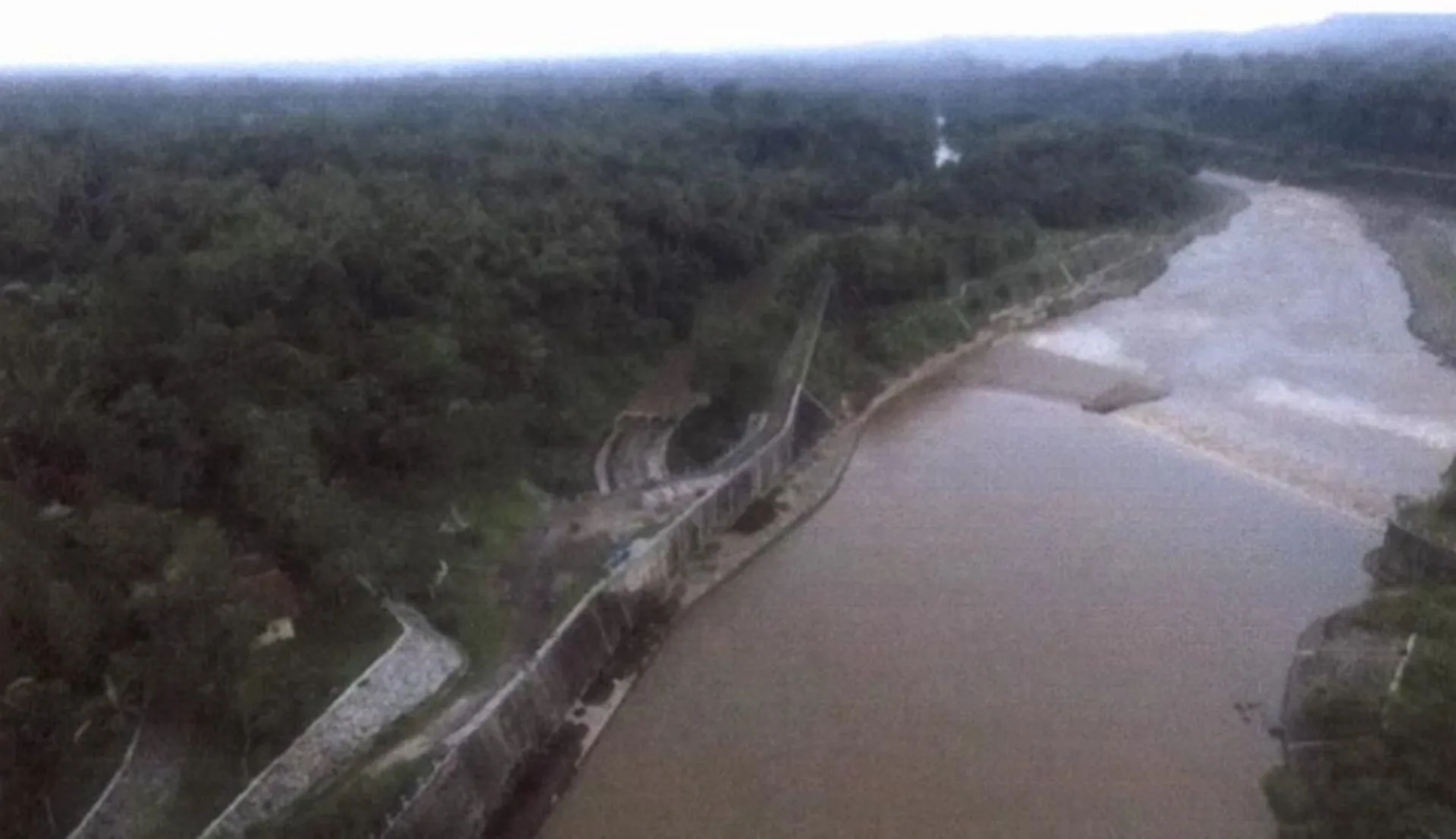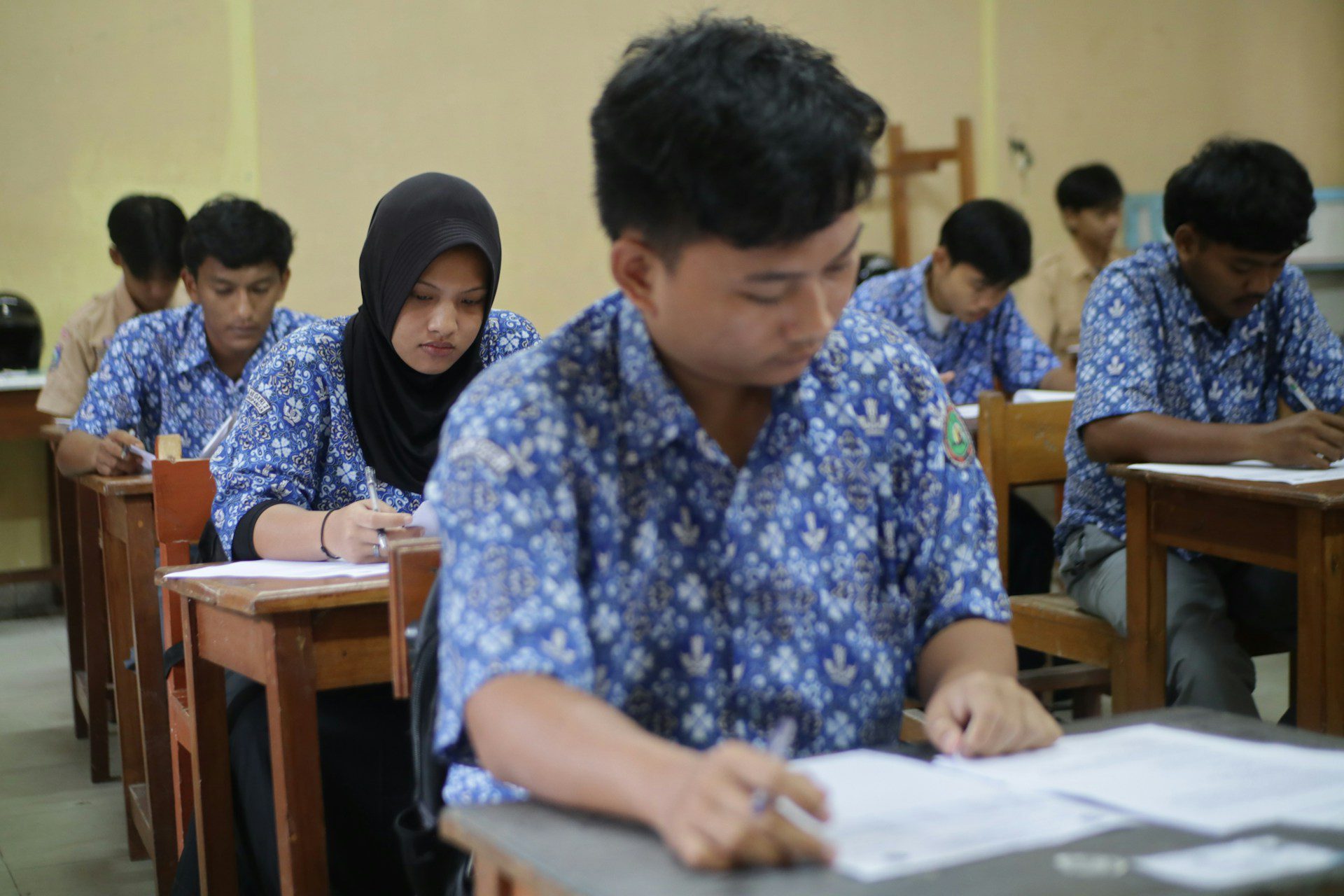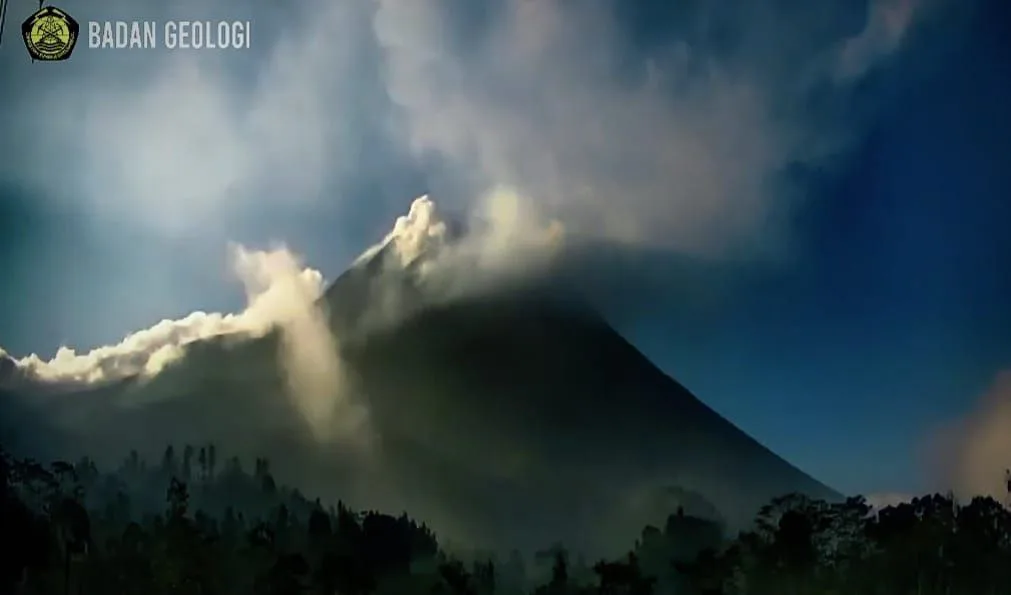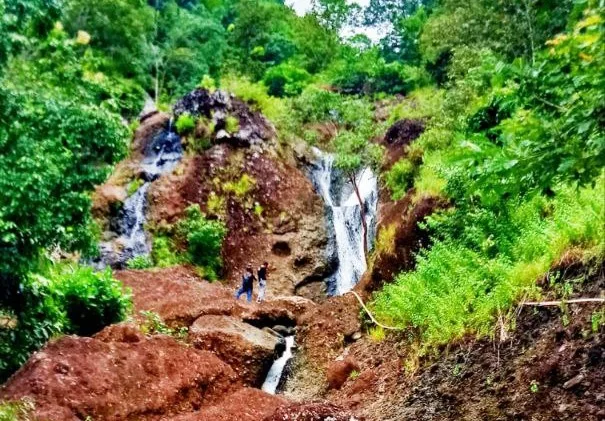Javanese news – In the middle of the Lustful Lanskap Yogyakarta, there is a water channel that stretches long from west to east, connecting the flow of the Progo River with the Opak River.
This channel is known as the Mataram sewer. At present, people know him as an irrigation channel important for agriculture.
But behind the irrigation function, the Mataram section holds a historical story that shows the ingenuity of a great leader, Sri Sultan Hamengkubuwono IX, in facing the dark period of the Japanese occupation.
Beginning of Japanese Occupation in Indonesia
The Japanese occupation in Indonesia began on January 10, 1942 when their troops seized Tarakan, East Kalimantan. Japanese military movement took place quickly.
In February 1942, their colonies extended to cover Sulawesi, Maluku and Sumatra.
Not long ago, Japanese troops managed to penetrate Java after winning the battle in the waters of Bawean Island, East Java.
Based on the official website of the Yogyakarta Culture Office, in March 1942, the Dutch who previously ruling in the Dutch East Indies finally surrendered to Japan.
Since then, Yogyakarta has officially become part of the Japanese occupation area.
The threat of forced work romusha
The Japanese occupation brought great suffering to the people. One of them is a forced work policy or Romusha.
Thousands of residents in various regions in Indonesia were forced to work for the benefit of the Japanese military, ranging from building railroad tracks to defense projects.
In Yogyakarta, Sri Sultan Hamengkubuwono IX understands the great danger that threatens its people.
If they do not take steps immediately, many residents will be deployed to be romusha and leave their agricultural land.
This situation can destroy the people’s economy and disrupt food availability.
Sri Sultan Hamengkubuwono IX Smart Strategy

Sri Sultan Hamengkubuwono IX is known as a wise leader and has a strong influence among the people.
Whatever the orders will be done with loyalty. Seeing a critical situation, it plans a strategy to protect people from the forced work obligations.
The Sultan ordered the construction of a large water channel that connects the Progo River in the western part and the Opak River in the eastern part. The project was later given the name of the Mataram section.
This development was submitted to the Japanese occupation government as a vital project to increase agricultural irrigation in Yogyakarta.
Japan who saw it as a productive project for the economy finally agreed.
Thus, people can work in their own homeland, not at a long and heavy forced work location.
Route and Function of Mataram Dutch
Technically, the Mataram sewers function as the main irrigation channel for agricultural areas in Sleman Regency.
The upstream part is located in Karangtalun Village, Ngluwar District, Magelang Regency, taking water from the Progo River through the Karangtalun Dam and special floodgates.
From here, water flows east through 2 districts, 8 sub -districts, and 16 villages before finally empties into the Opak River, precisely in Tamanmartani Village, Kalasan District, Sleman Regency.
This ditch not only ensures that agricultural land remains fertile and productive, but also witnesses the history of the people’s struggle
Yogyakarta under the leadership of a king who is intelligent and has a long view in the future.
Sri Sultan Hb IX’s legacy
Until now, the Mataram sewers still drain water and benefits for the community.
More than just agricultural infrastructure, this canal is a symbol of the determination of the heart and ingenuity of Sri Sultan Hamengkubuwono IX’s strategy.
Through this project, he managed to save his people from the suffering of forced labor while strengthening food security in Yogyakarta.
Mataram’s gutter teaches that struggle is not always carried out on the battlefield.
Sometimes, intelligence and wisdom can be a much stronger weapon to protect people from work. ***
Game Center
Game News
Review Film
Rumus Matematika
Anime Batch
Berita Terkini
Berita Terkini
Berita Terkini
Berita Terkini
review anime



